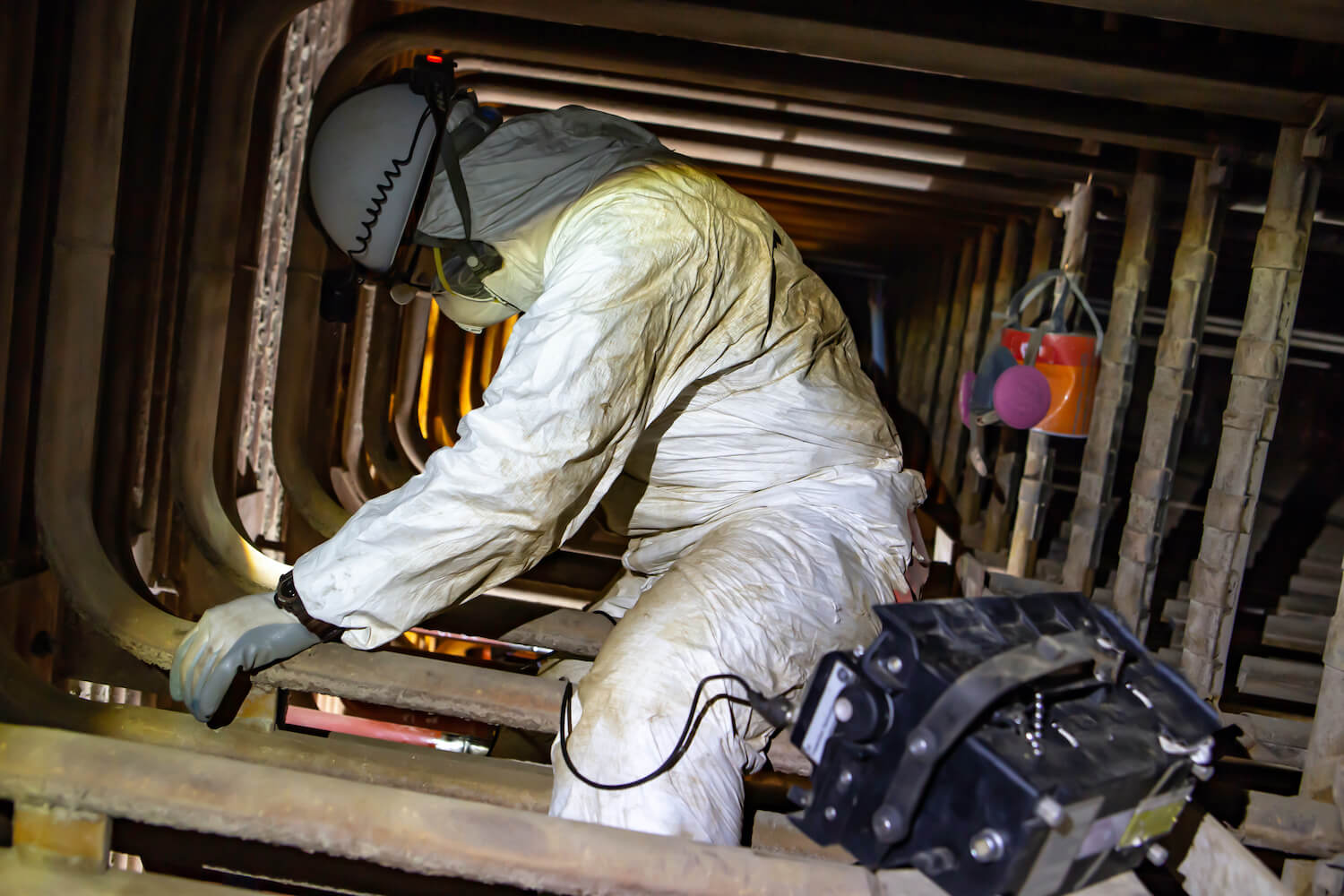The first boiler with a safety valve was designed by Denis Papin of France in 1679; boilers were made and used in England by the turn of the 18th century. Early boilers were made of wrought iron and riveted; as the advantages of high pressure and temperature were realized, manufacturers turned to steel and welding was accepted by the ASME Code in the 30’s.
During the 18th and 19th centuries, steam became the chief source of power and spurred the industrial revolution. By the early 20th century, steam boiler explosions in North America were occurring at the rate of one per day, and claimed about two lives per day on average. In 1907, after two catastrophic explosions, the state of Massachusetts enacted the first legislation dealing with the design and construction of steam boilers. The resulting regulations were three pages long. Over the next four years, several other states and cities enacted similar legislation. The enacted legislation and the prospect of additional laws and requirements, all with similar yet different requirements, prompted users and manufacturers to seek standardized rules for the design, construction, and inspection of boilers.

In 1911, the Council of the American Society of Mechanical Engineers (ASME) appointed a committee to formulate standard specifications for the construction of steam boilers and their care in service. The first ASME Boiler Code was issued on February 13, 1915. Canada officially adopted these ASME Codes by creating the first edition of CSA B51 in 1939.
Why do boilers explode if steam is released? When water is converted to steam it expands to over 1,000 times its original volume, and travels down steam pipes at over 100 kilometres per hour (62 mph). Because of this, steam is an efficient method of moving energy and heat around a site from a central boiler house to where it is needed, but without the right boiler feedwater treatment, a steam-raising plant will suffer from scale formation and corrosion. At best, this increases energy costs and can lead to poor quality steam, reduced efficiency, shorter plant life and unreliable operation. At worst, it can lead to catastrophic failure and loss of life.
The life cycle of a boiler includes its design, fabrication, installation and operation (including maintenance); each stage can induce risks if not handled with the care it deserves. From design conception to operation over the course of numerous years in a plant, each step of pressure equipment’s existence can, and will, generate a risk that is dependent on the care with which these steps are handled.

Amongst the risk factors that are the top causes leading to problems, we can find:
Human Factor
Let’s assume that despite everything above, you ended up with a properly installed and commissioned system. The staff, consultants, and vendors have now all left your site. Who is now qualified to operate and maintain the equipment?
Operations, maintenance, and people issues are now by far your biggest combustion equipment safety issue. Statistics for boiler incidents show that nearly 40 percent of all deaths and accidents are caused by human error or poor maintenance. A lot of your success will now depend on the safety culture at your site.
The day after everyone has gone, and you’re now alone with your officially sanctioned equipment, one poorly trained person with a well-placed screwdriver can reduce your building to rubble, as well as putting people at risk, in less than five minutes.
Proper Documentation
Regardless of who does your equipment’s maintenance, another issue you must closely monitor is maintaining your documentation. This means panel drawings, switch set points, purge times, and even component model numbers and operational manuals. Many incidents have occurred from improper troubleshooting of problems because information was not readily available. Quality documentation will also help our investigation.
Ineffective or Improper Maintenance
A comprehensive preventive maintenance program is your biggest defense against accidents, and another vital part of staying safe.
If not properly maintained, combustion equipment can become less safe with every minute of operation. Dust, dirt and debris accumulate in combustion air fans and burners. This changes air/fuel ratios. Some gas control valves get a little more sloppy every time they are cycled. Pressure switch diaphragms and contacts age. Water level controls accumulate sludge.
Regardless of the physical manifestation, irregular maintenance is usually at the heart of every boiler problem. Every boiler should have scheduled maintenance based on the frequency the boiler is used. Failing to conduct regularly scheduled maintenance on your boiler may initially lead to minor problems being overlooked, which can turn into much more serious issues, and potentially injuries.
In the worst case scenario, not checking your boiler can cause a catastrophic boiler explosion from combusting fuel, water levels dropping too low, failed trip switches, overpressure protection and more. Regular inspections can identify and correct faults before they become major problems.
There are two (2) essential documents that introduce all the requirements to be done for care and operation of boilers installations and recognized by Canadian industry:
- ASME Section VI, Recommended Guidelines for the Care and Operation of Heating Boilers
- ASME Section VII, Recommended Guidelines for the Care of Power Boilers
Additionally, the ASME Codes specify three levels of risk for steam production. First, is steam produced at lower pressure then 15 PSI. The second level of risk is located between 15 and 400 PSI. And all boilers working at above 400 PSI are the highest risk and need to have more safety devices to protect against risk.
Last but not least, it should be said that although cost is a factor to be considered, the cost of maintenance will always pale in comparison to the potential catastrophic outcomes, downtime from broken boilers, and loss of productivity. Boilers are powerful and therefore dangerous and risky pieces of equipment, and they can create many headaches if not understood or handled with care.
